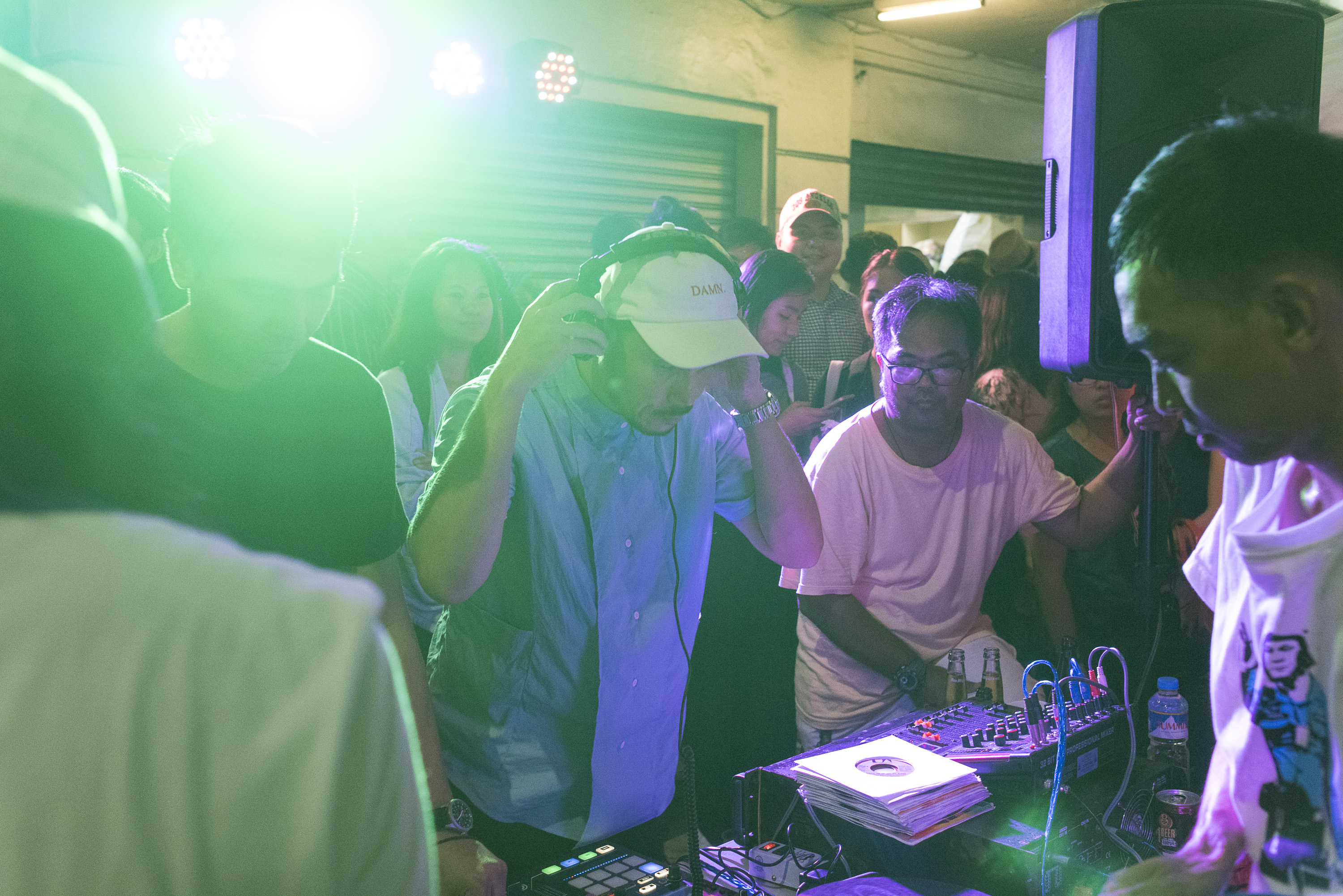Manila revival
Perhaps the most prominent of the bunch hails from the historic Escolta Street in the district of Binondo. Once popularly dubbed Manila’s ‘Queen of the Streets,’ Escolta was a major center of culture and commerce before business flowed to Makati in the 1960s. Influenced by the country’s Western colonizers, Escolta is admired most for its neoclassical buildings and signature art-deco touch, such as the First United Building, the Capitol Theater, and the El Hogar Filipino Building.
Though its influence weakened in the decades that followed, the recent years have seen new life flourishing in the Escolta community, mainly through the efforts of the Escolta Revival Movement (ERM) since 2012. An umbrella initiative composed of individuals and organizations aiming to restore Escolta to its rightful glory, the ERM roster includes the Heritage Conservation Society-Youth (HCS-Y), the entrepreneurs of Escolta Commercial Association Inc. (ECAI), and the artists of 98B COLLABoratory.
With members hailing from diverse backgrounds including musicians, writers, visual artists, educators, students, curators, and graphic designers, 98B is both a community and a space for artists and creatives alike to interact and work together among several other initiatives. Such visions take form through programs such as exhibitions, talks, and bazaars.
One of its more famous projects, named the HUB: Make Lab, is a gathering for local artists, creators, and small businesses. From vintage memorabilia and art-retail shops to artisan coffee and unique interiors, the booths that line the First United Building satiate any craving for new merchandise, good food, or simply some sightseeing. Owning a space at the HUB is made affordable to startups and student-artists, with rent ranging from Php 3,400 to Php 7,400 only.
For young creatives like 24-year-old Kurvine Chua, an alumnus of Benilde’s Digital Filmmaking program, to be a part of HUB is simply an opportunity that cannot be missed. While juggling several jobs creating, producing, and curating music, Chua also runs the Philippine branch of United Cassettes, a tape store for cassette labels and collectors all around the world.
“I’m a huge vinyl and cassette fan. It’s been a dream of mine to bring back the tape store experience to the Philippines, so when I was given the opportunity to run a PH store for United Cassettes, I of course grabbed it,” Chua told The Benildean.
For most student-artists and student-entrepreneurs, initiatives like HUB: Make Lab are indeed the perfect platforms to get started in the industry and to make their passions concrete and more known to the public.
And if that doesn’t draw the crowd to Escolta, the Escolta Block Party promises an electric night, complete with disco beats and booze. Held once quarterly, it’s a highly awaited, whole-day affair to celebrate creativity and community, rain or shine. Each party seems to garner even more hype than the last one, remarkably bringing people of all walks of life and from all over the country together in Escolta and making the street’s history and its latest features accessible to anyone with a fancy for art or culture.
Meanwhile, just a jeepney away from Escolta, the fête continues in Intramuros, where Manila Biennale aims to revive the soul of the city through the collaborative efforts of six major art institutions: Anthology Architecture and Design Festival, Cultural Center of the Philippines, Design Center of the Philippines, Fringe Festival Manila, Intramuros Administration, and VivaManila.
First held from February 3 to March 5 earlier this year, the walled city’s many gardens, plazas, and museums were transformed to showcase a diverse array of artworks and cultural performances inspired by the theme “Open City,” a tribute to Intramuros’ early beginnings as a port for the Galleon Trade during the Spanish colonial period. With installations by 44 artists and artist collectives, the month-long festival avidly welcomed new ideas, products, and people, while keeping to its manifesto to be entirely artist-curated, artist-run, and artist-centric.
Beyond the festivities that guarantee a good time at Escolta and Intramuros, among other venues, there’s a fire rekindled in each individual and in each revival movement through the centuries of history encapsulated in the many art pieces of these platforms. That fire is a vibrant promise that exists to unite the Filipino youth towards a future wherein the country’s past is not only remembered, but more importantly, is celebrated and utilized to create and innovate.
This article was originally published in The Benildean Vol. 4 No. 3: Aftermath.


